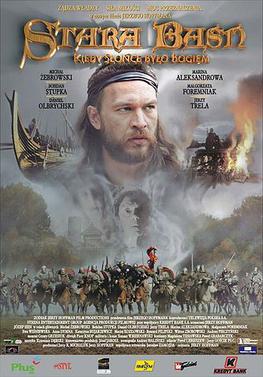,I was asking how Poland came to be,was it once feudal states or regions and then unified by a strong man or king.Please tell me in you're words?I appreciate it.
In my own words:
In 10 century AD there were a few Slavic tribes residing in Central Europe, on the territory of today`s Poland.
Polish tribes - a term used sometimes to describe the tribes of West Slavs that lived in the territories that became Polish from around the mid-7th century to the creation of Polish state by the Piast dynasty. The territory they lived on became a part of the first Polish state created by duke Mieszko I and expanded at the end of the 10th century, enlarged further by king Bolesław I at the beginning of the 11th century.
The most important Polish tribes are Polans, Masovians, Vistulans, Silesians and Pomeranians[1]. These five tribes "shared fundamentally common culture and language and were considerably more closely related to one another than were the Germanic tribes."[2]


the leader of the strongest tribe of Polanie (field dwellers) decided to gain more power and started uniting other tribes and their lands into a greater entity, with various methods: force, persuasion, bribery etc.
In result, in 966 Mieszko was christened as a ruler of united Western Slavic tribes.
Poland was born.
PS. Correct me if I am wrong.
 PolishForums LIVE / Archives [3]
PolishForums LIVE / Archives [3]
